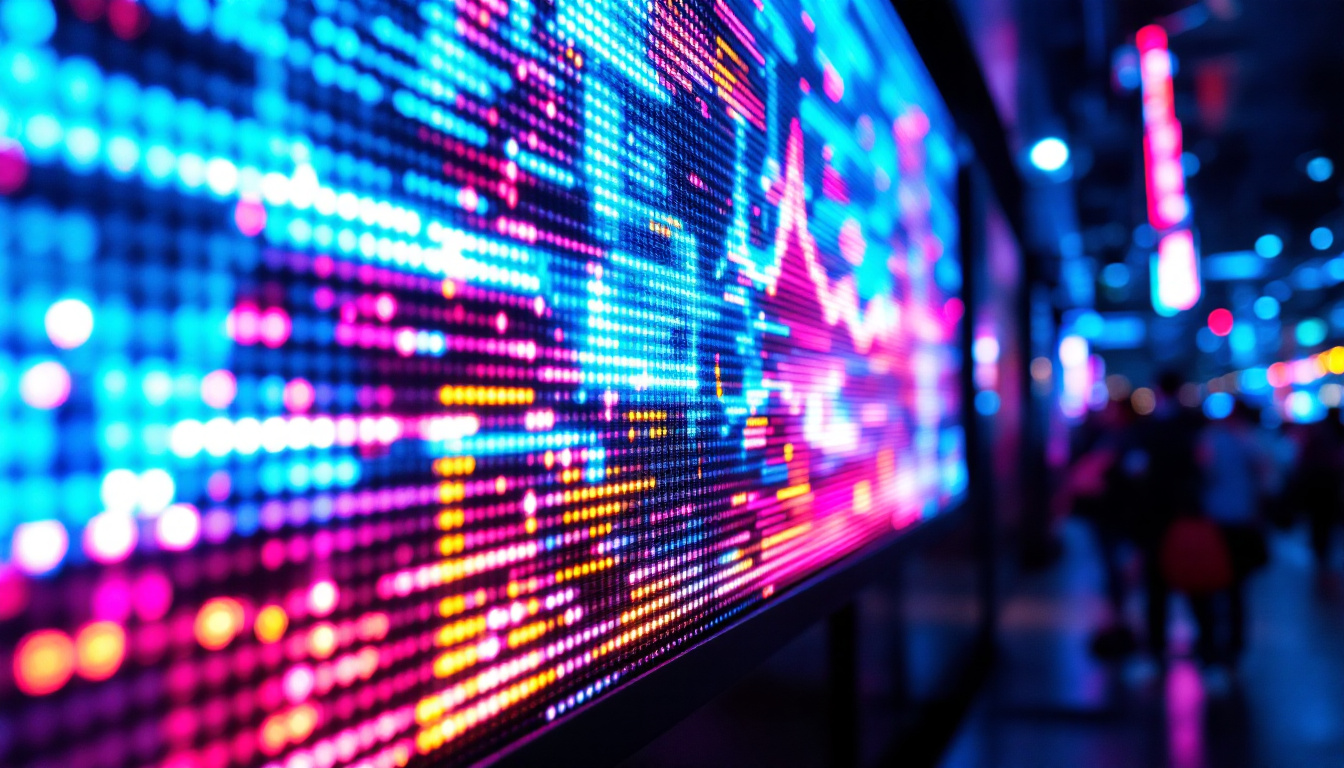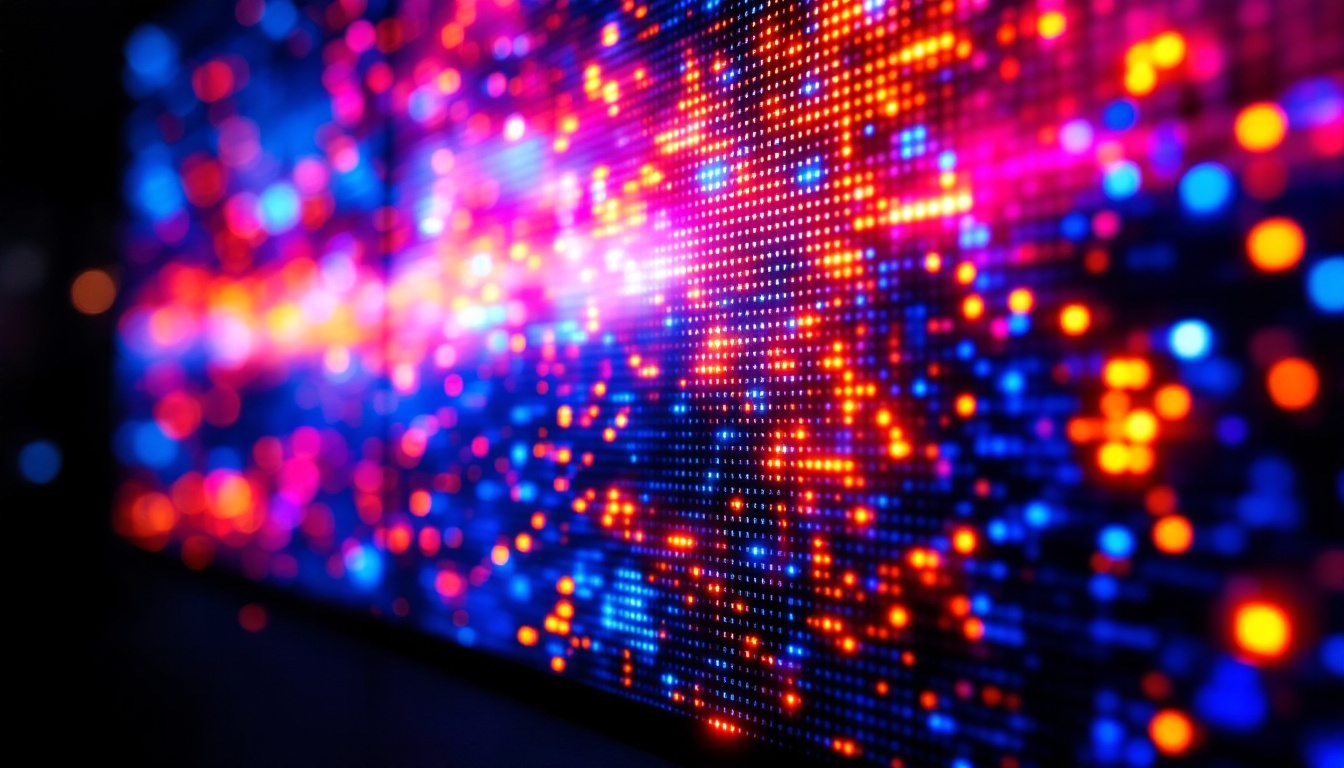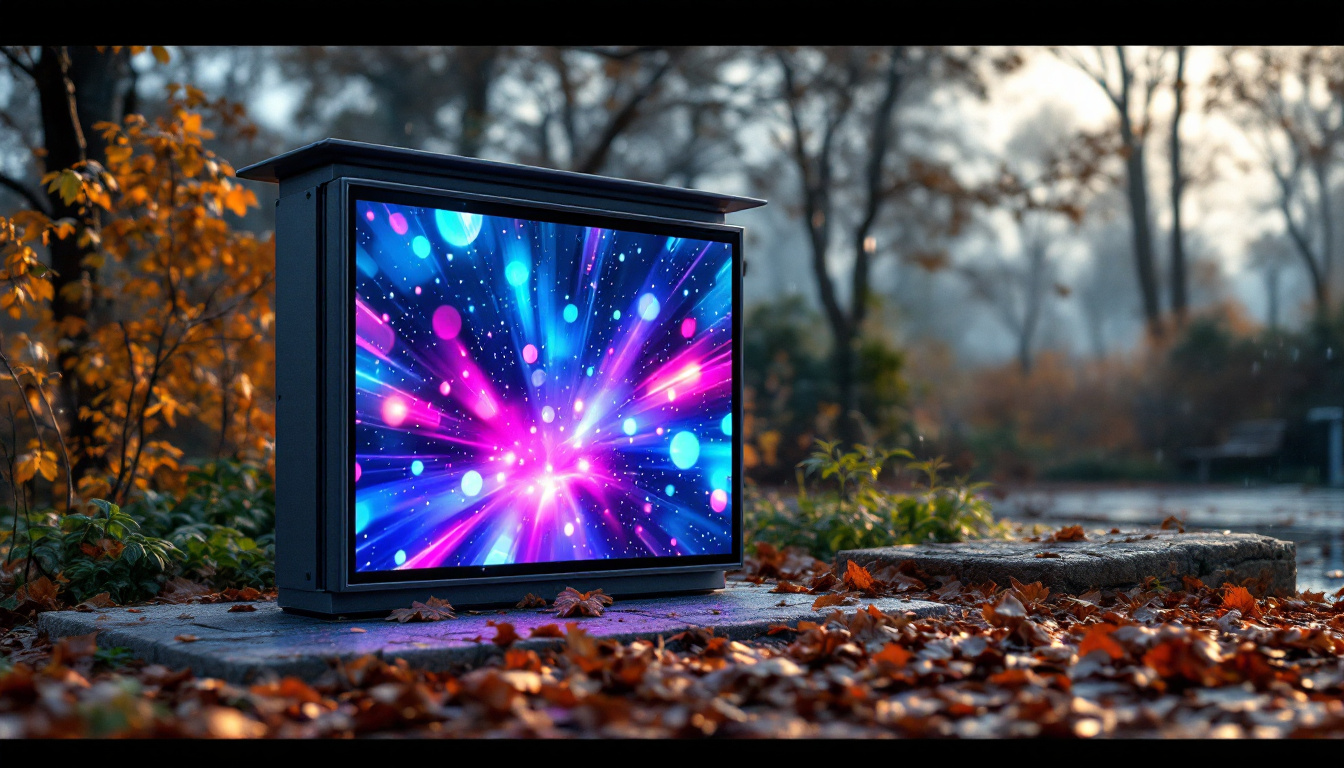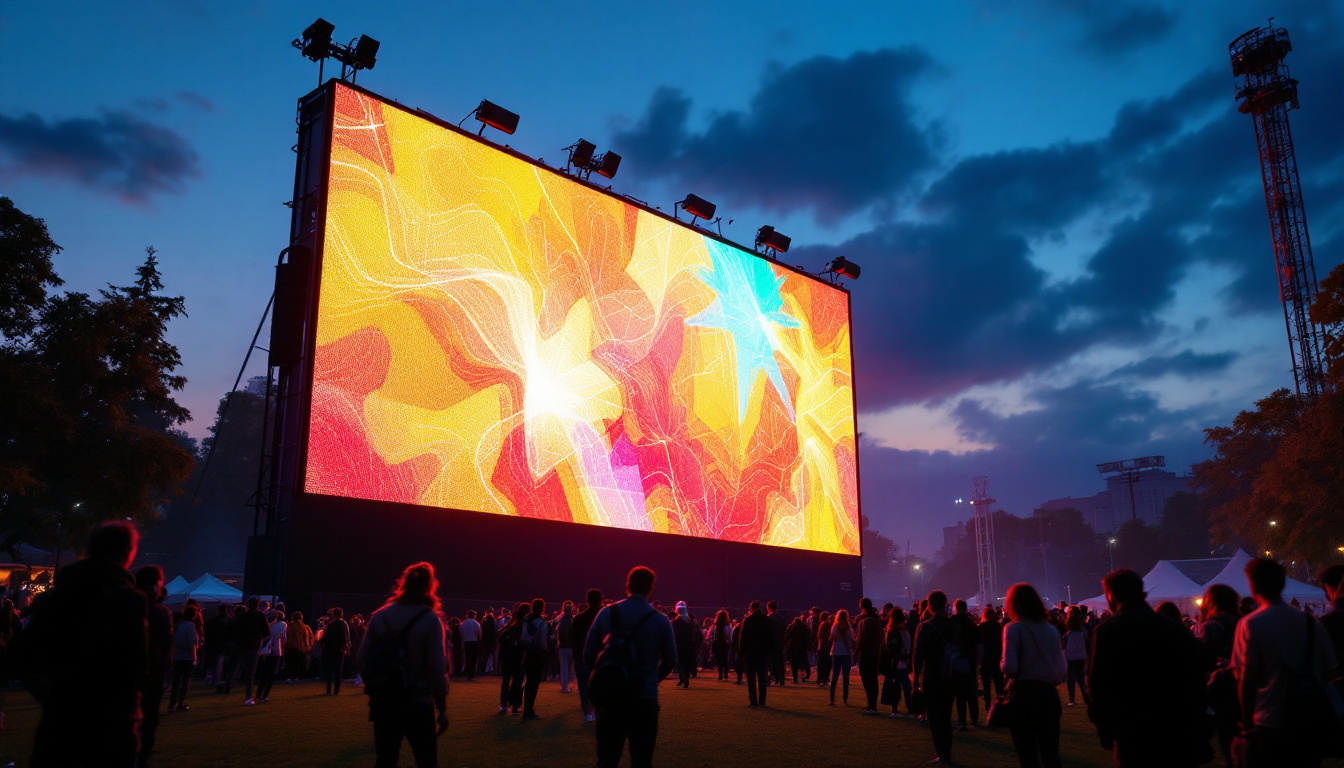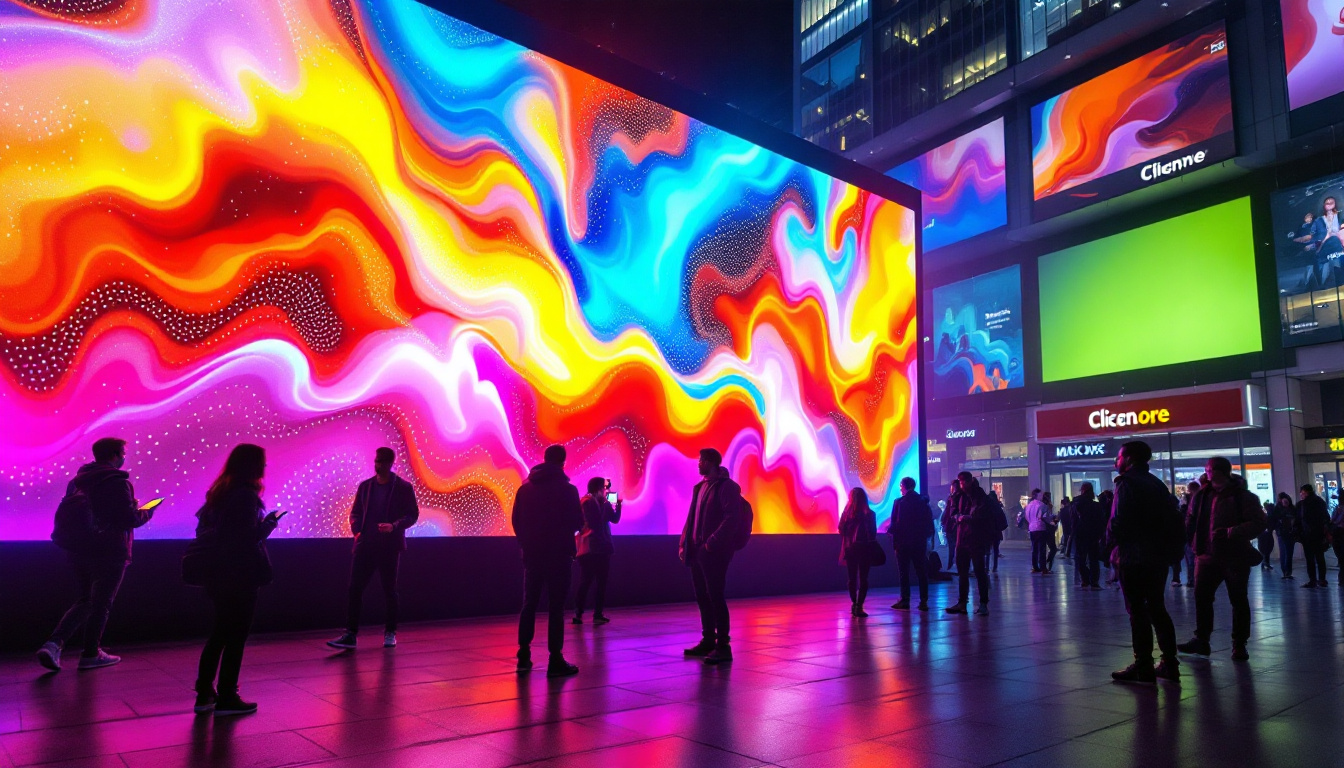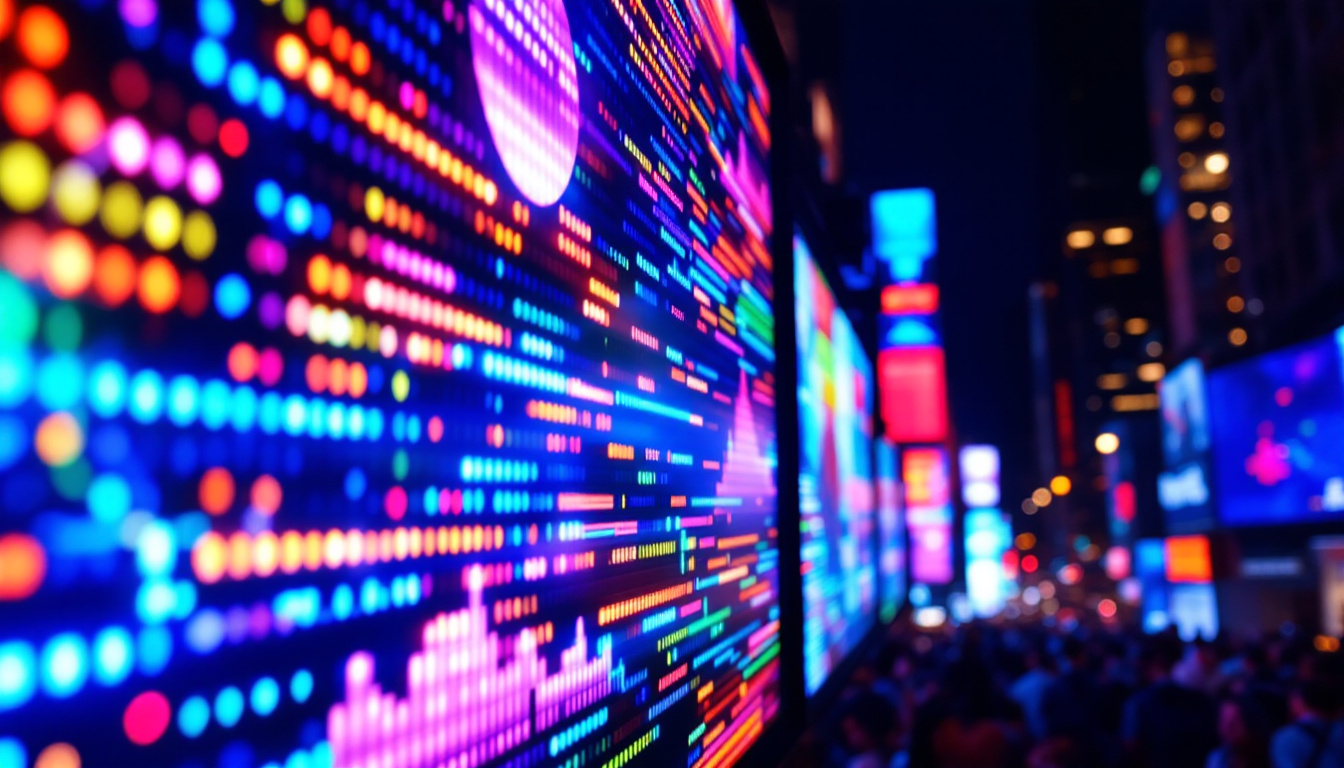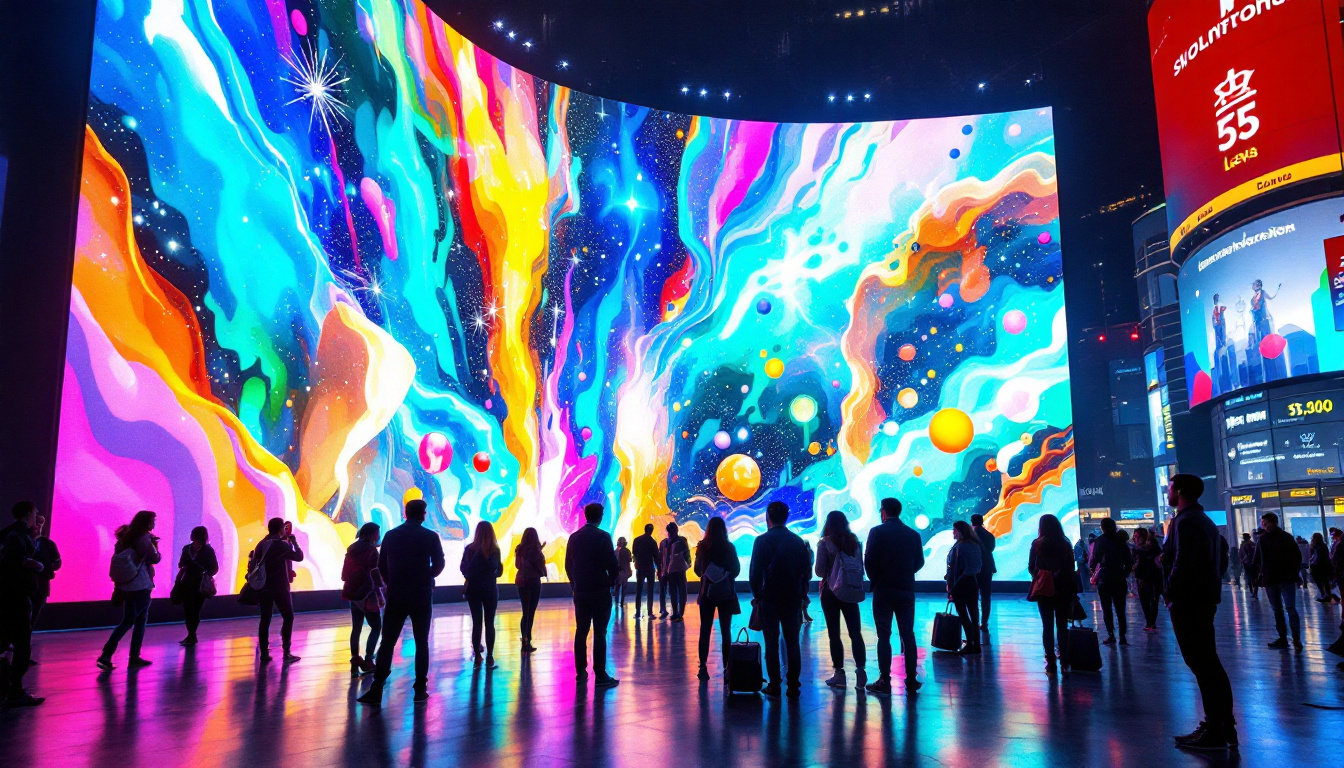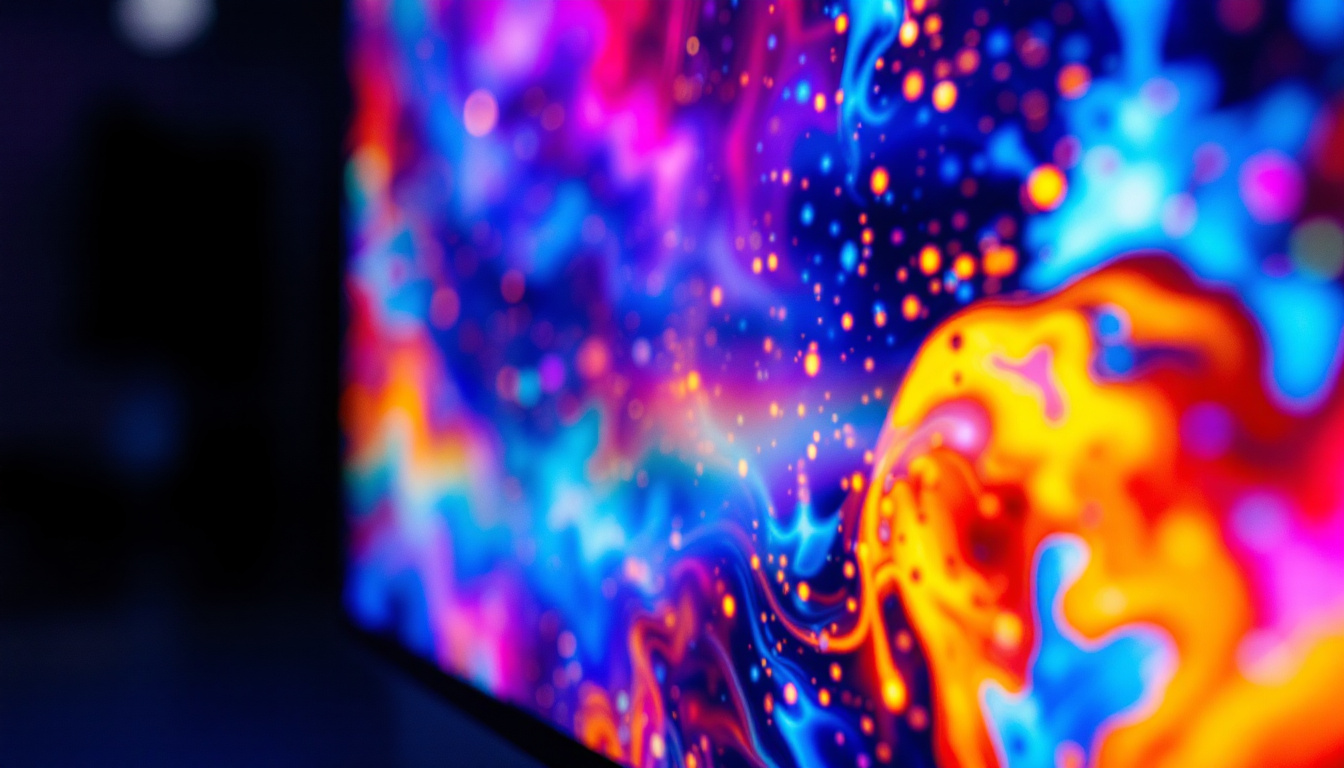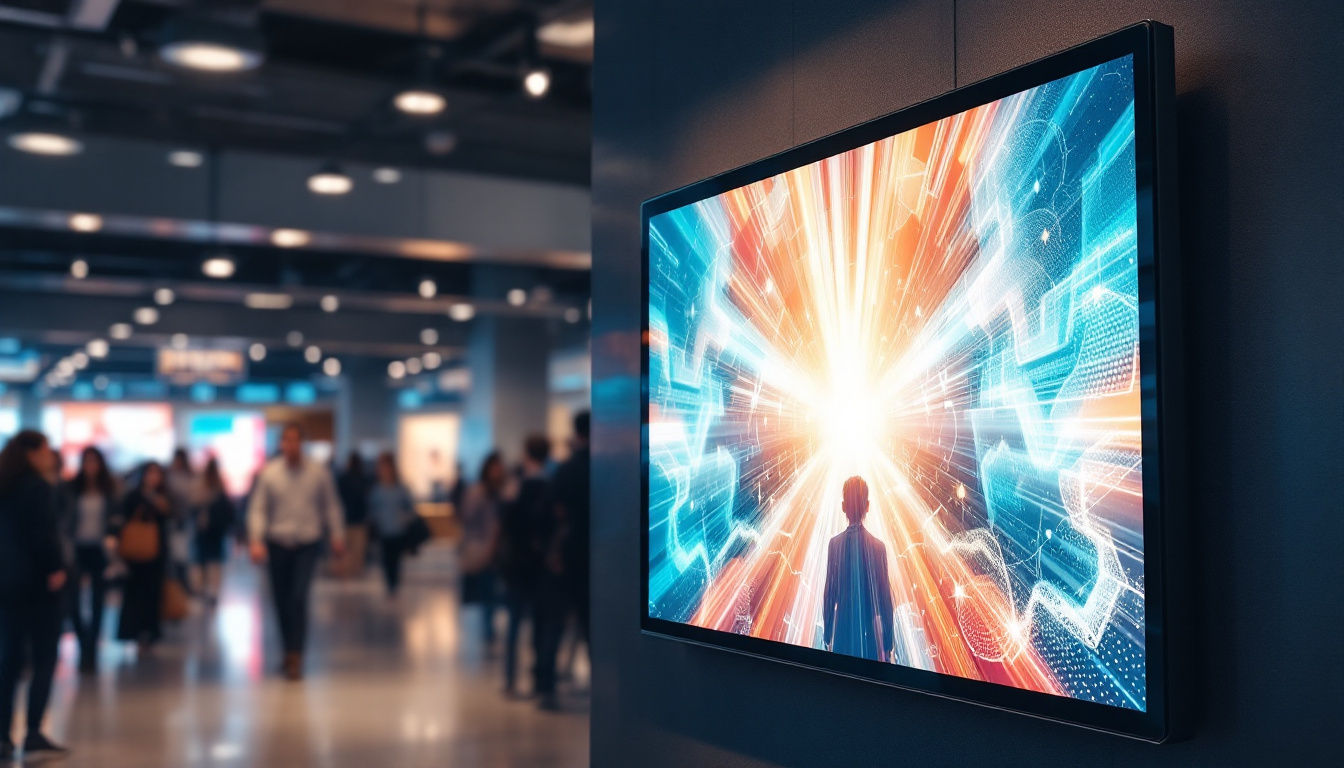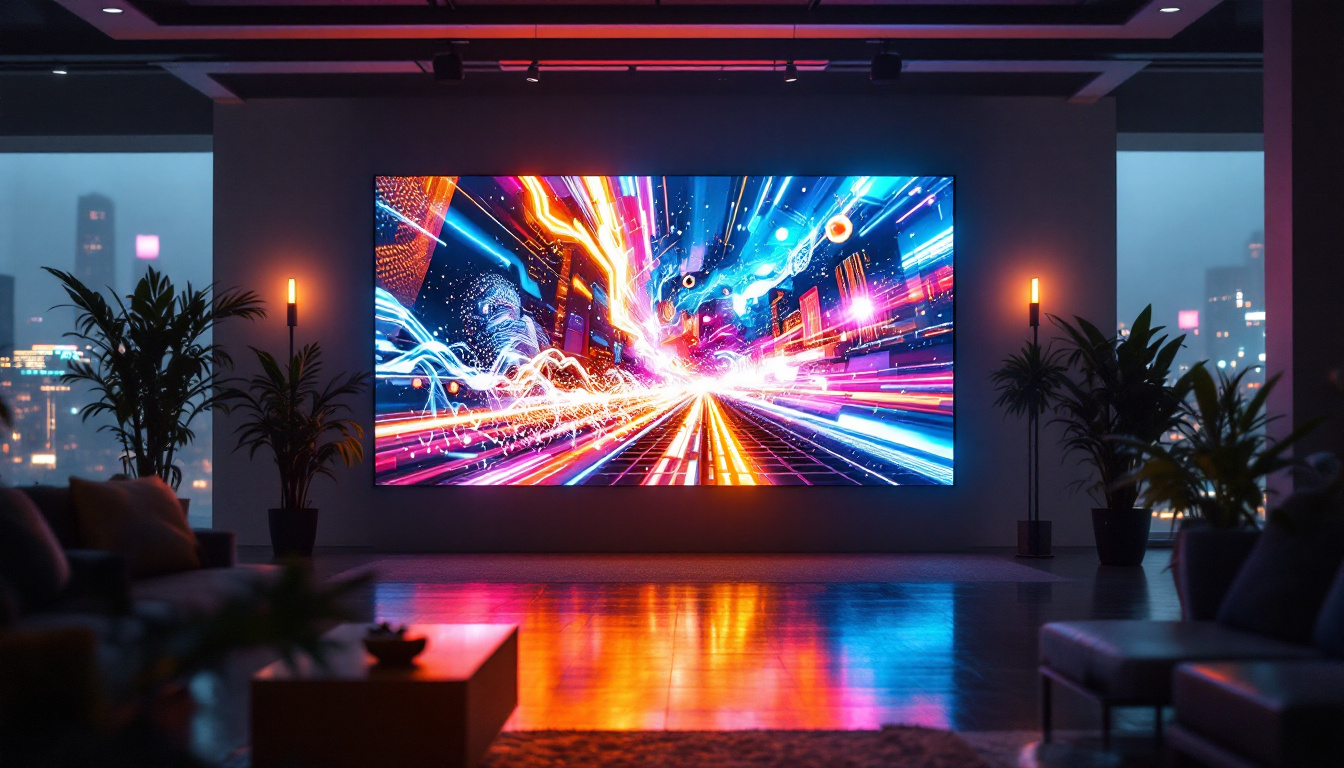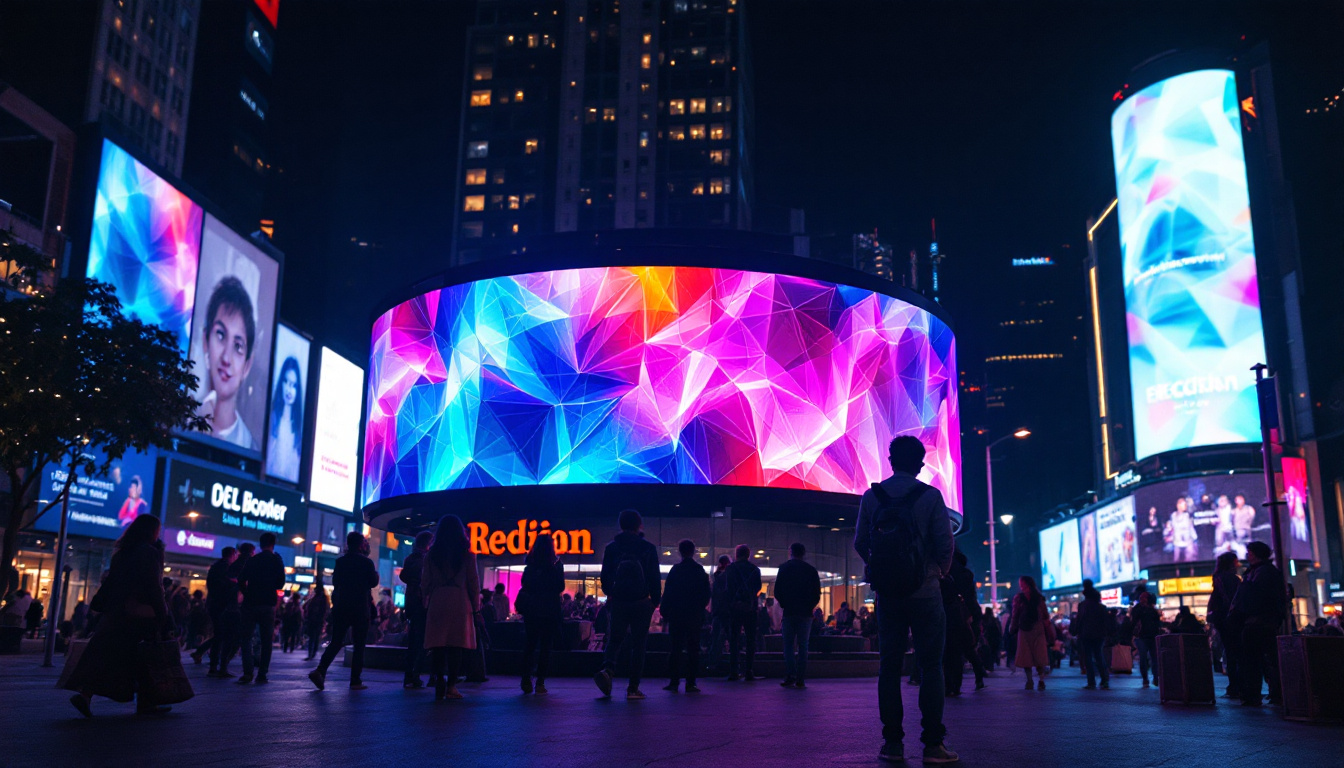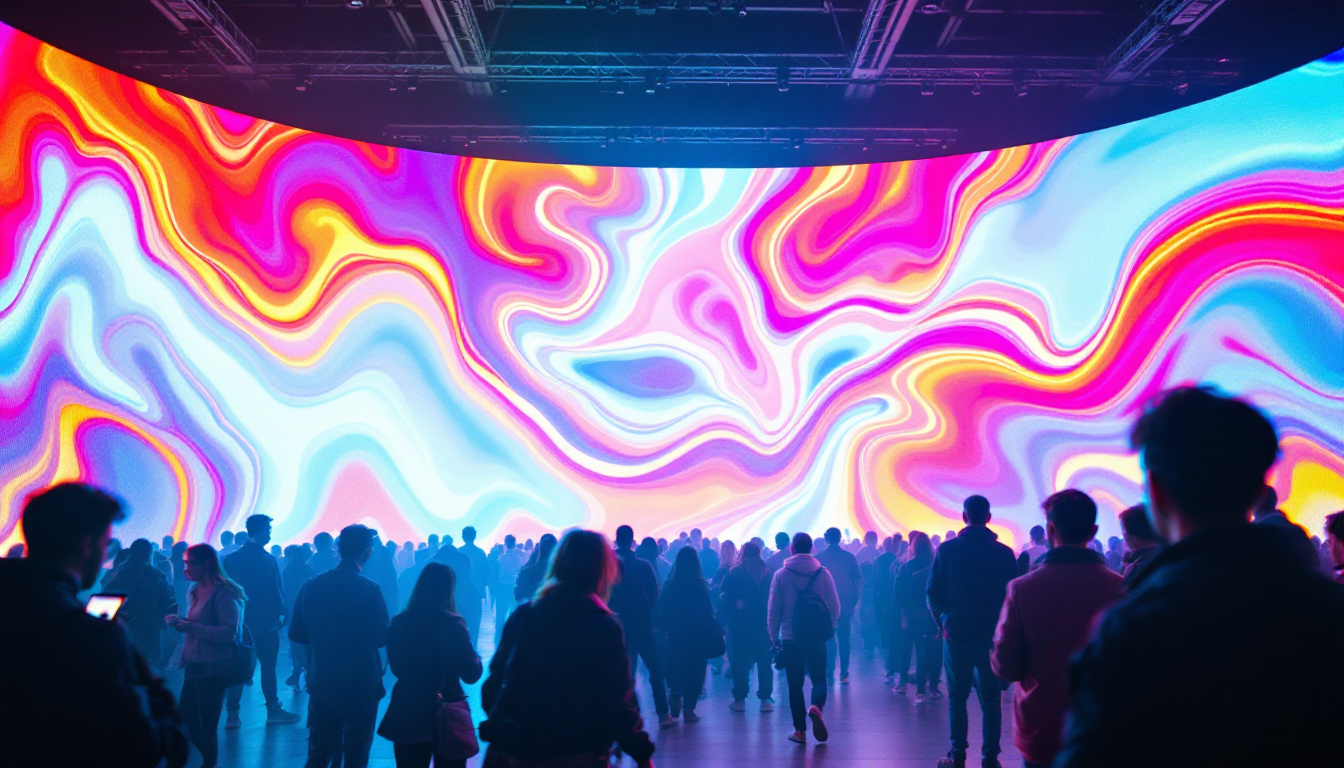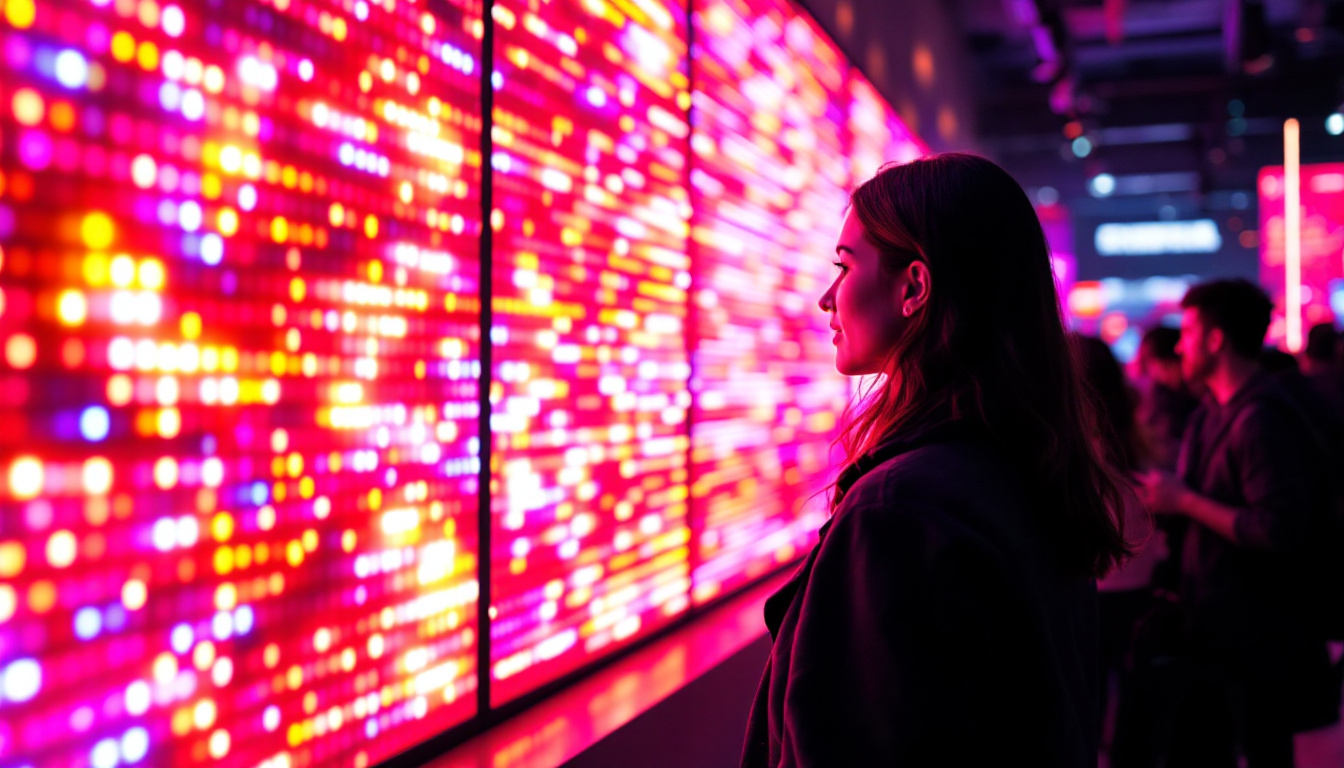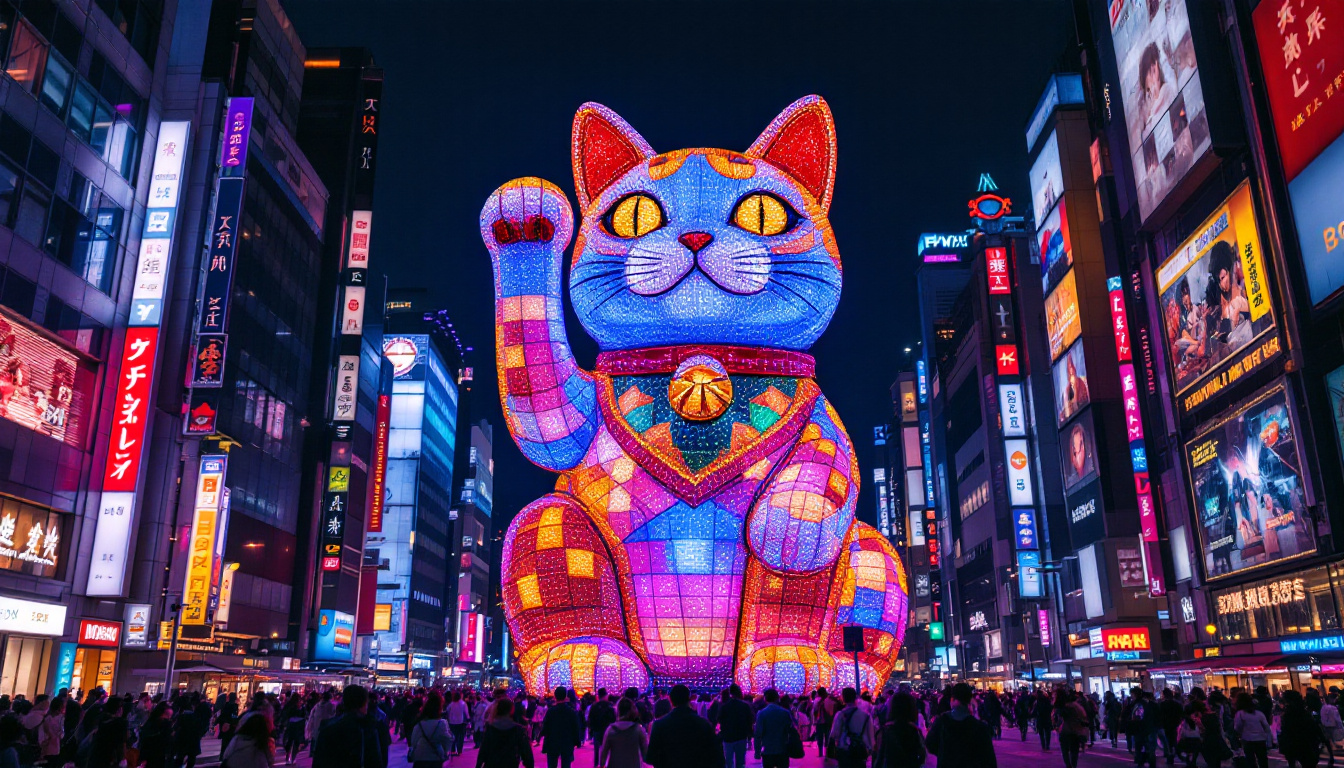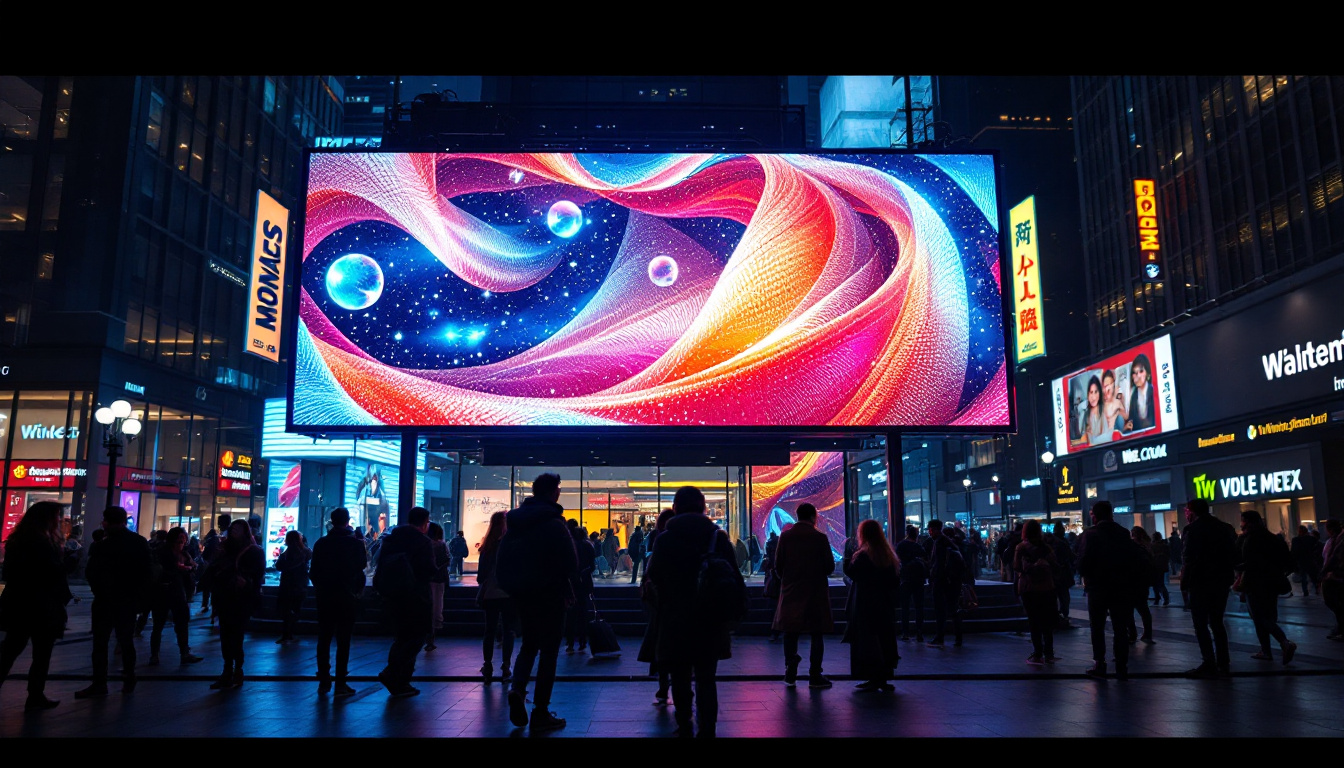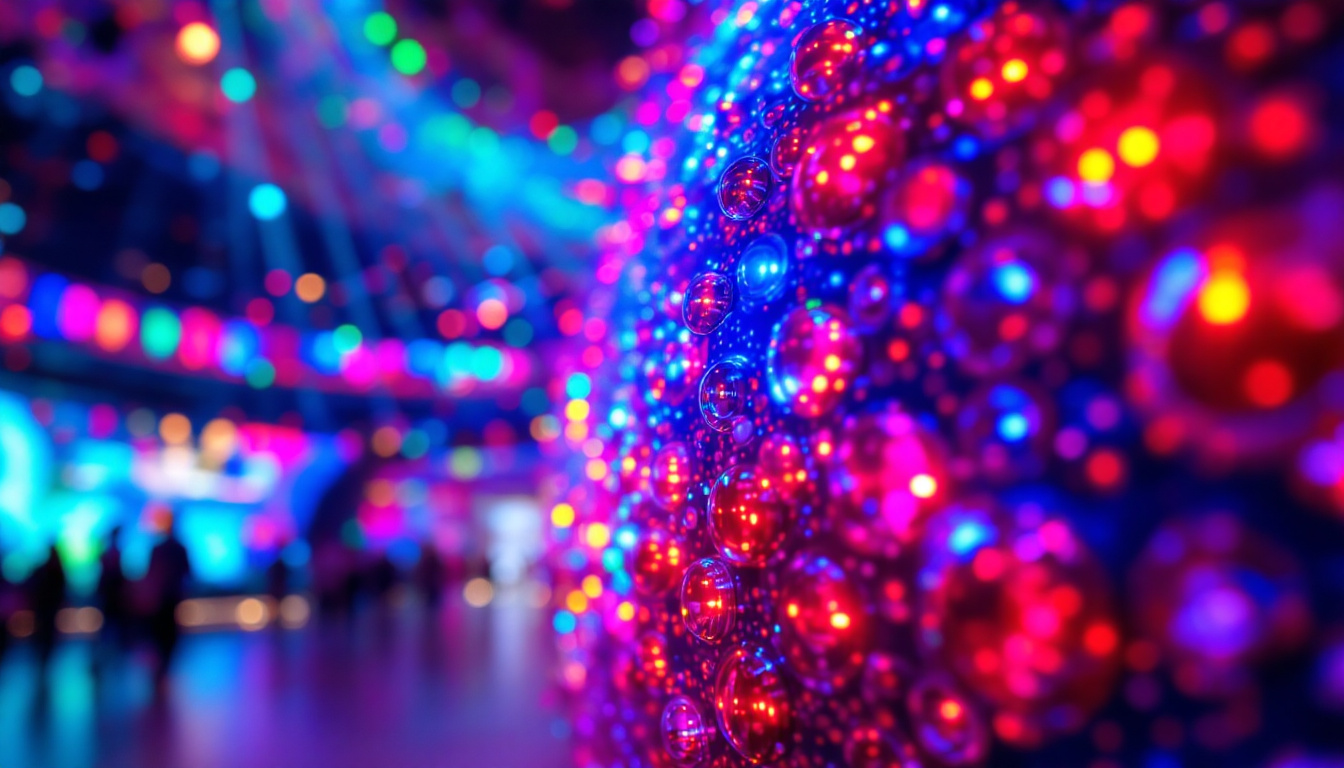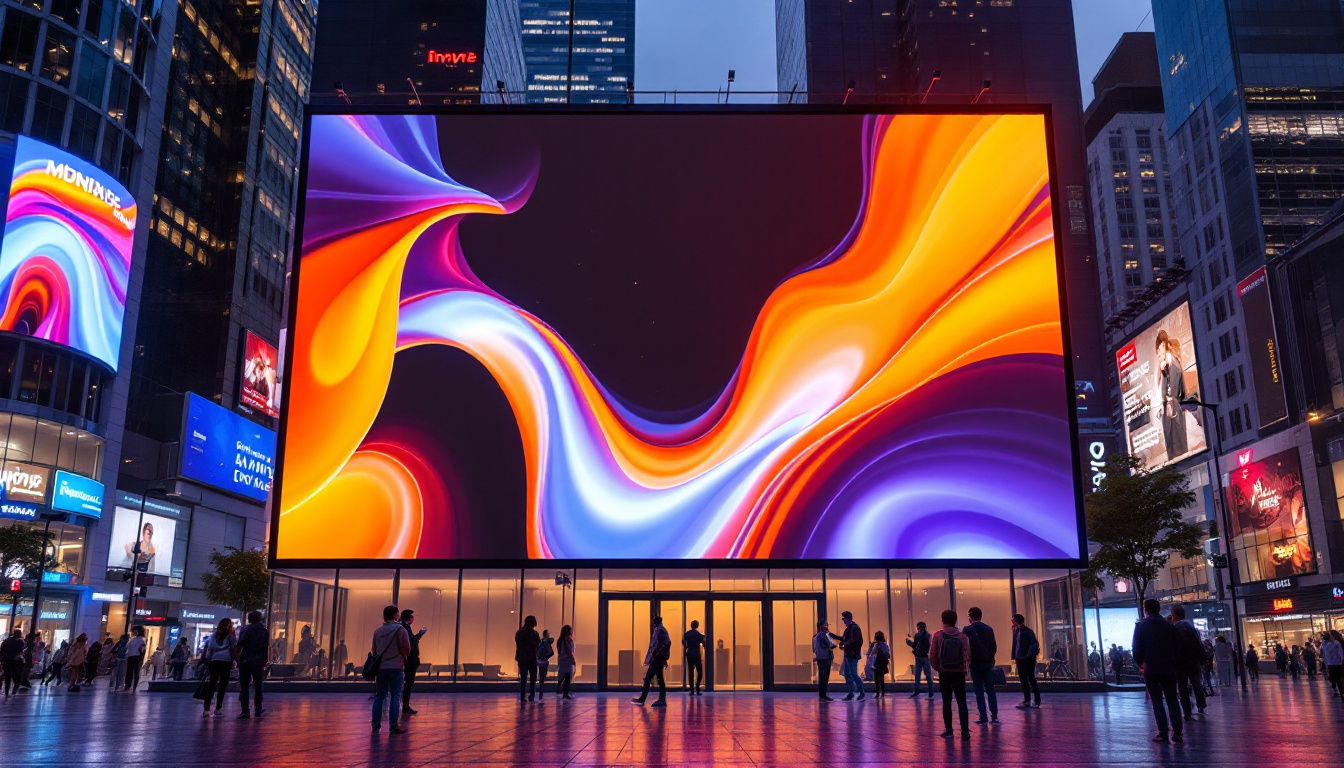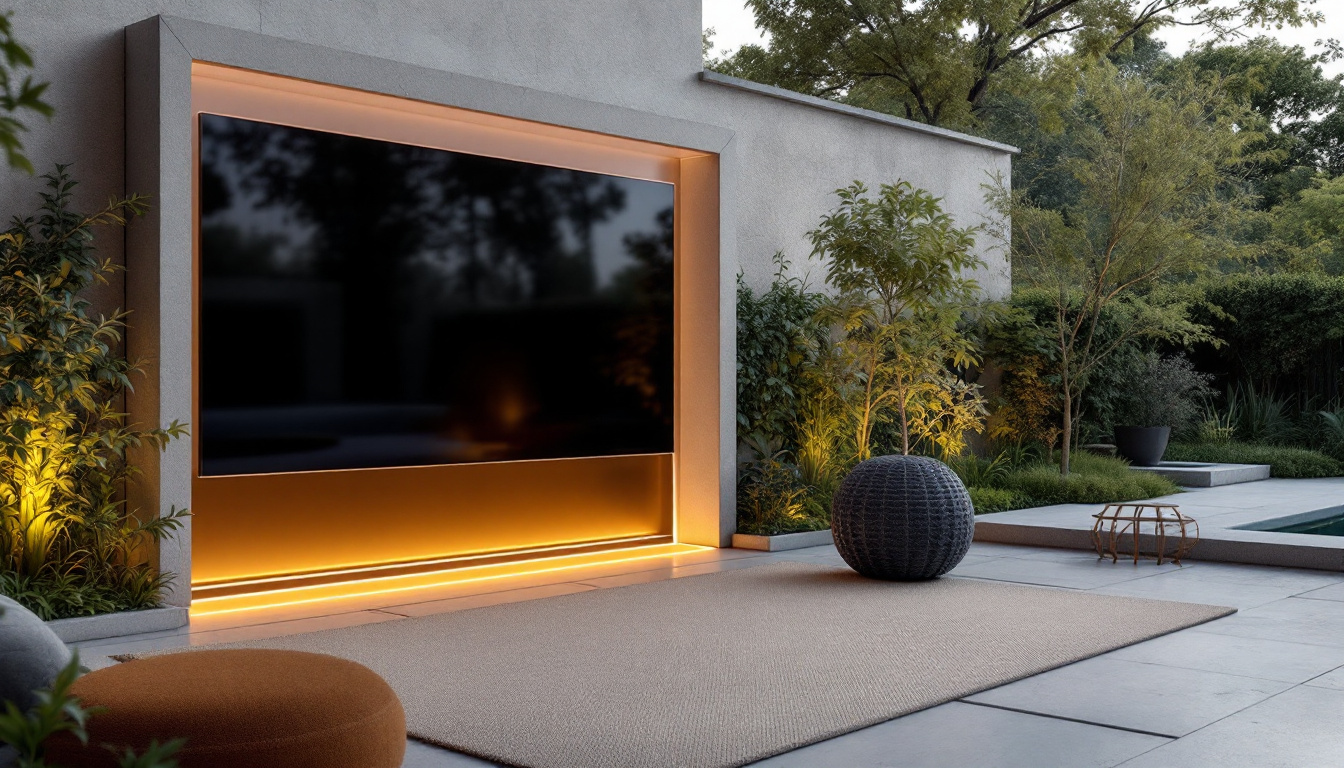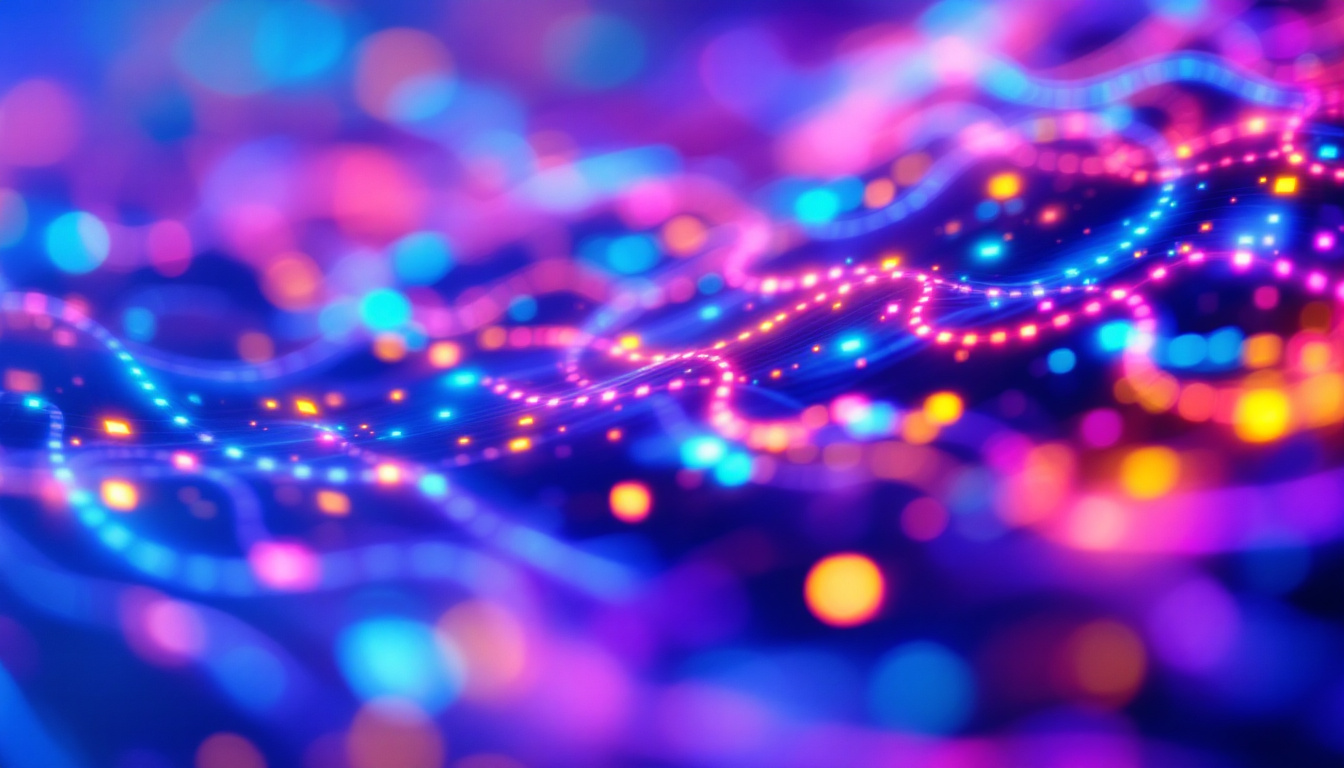In the ever-evolving world of technology, LED displays have emerged as a cornerstone of modern visual communication. Next Electronic Systems Inc. stands at the forefront of this innovation, providing cutting-edge solutions that cater to a diverse range of industries. This article delves into the intricacies of LED displays, exploring their technology, applications, and the impact they have on various sectors.
Understanding LED Technology
Light Emitting Diodes (LEDs) are semiconductor devices that emit light when an electric current passes through them. This technology has revolutionized the way displays are constructed and utilized, offering numerous advantages over traditional display methods. From televisions and computer monitors to streetlights and automotive lighting, LEDs have become ubiquitous in modern life, transforming not just how we see images but also how we interact with technology.
How LEDs Work
At the core of LED technology is the principle of electroluminescence. When electrons recombine with holes in a semiconductor material, photons are released, producing visible light. The color of the emitted light depends on the materials used in the semiconductor. By combining different colors, a full spectrum of hues can be achieved, allowing for vibrant and dynamic displays. This versatility is further enhanced by the development of white LEDs, which are created by combining blue LEDs with phosphor coatings, enabling their use in general lighting applications.
LEDs are typically arranged in a grid format to create larger screens. Each pixel is composed of red, green, and blue (RGB) diodes, which can be controlled individually to produce a wide array of colors. This capability is essential for creating high-resolution images and videos, making LED displays ideal for various applications. Moreover, advancements in technology have led to the creation of flexible LED displays, which can be bent or shaped to fit unconventional spaces, opening up new possibilities in design and architecture.
Advantages of LED Displays
LED displays boast several advantages that make them a preferred choice for many applications. Firstly, they are energy-efficient, consuming significantly less power than traditional display technologies such as LCD and plasma. This efficiency not only reduces operational costs but also minimizes environmental impact. The long lifespan of LEDs, often exceeding 50,000 hours, means that they require less frequent replacements, further contributing to sustainability efforts.
Additionally, LED displays offer superior brightness and contrast ratios, ensuring visibility even in bright outdoor environments. Their durability is another notable feature; LEDs are resistant to shock and vibration, making them suitable for both indoor and outdoor use. This resilience extends the lifespan of the displays, reducing the need for frequent replacements. Furthermore, the rapid response time of LEDs allows for smooth motion graphics and video playback, enhancing the overall viewing experience. As technology continues to evolve, innovations such as smart LED displays equipped with sensors and connectivity features are paving the way for interactive and immersive experiences that engage audiences in unprecedented ways.
Applications of LED Displays
The versatility of LED displays allows them to be utilized in a wide range of applications across various industries. From advertising to entertainment, their impact is profound and far-reaching.
Advertising and Marketing
One of the most prominent uses of LED displays is in advertising. Digital billboards and signage have transformed the advertising landscape, providing businesses with dynamic platforms to showcase their products and services. The ability to change content in real-time allows for targeted marketing, enabling advertisers to reach specific audiences effectively.
Moreover, LED displays can display high-resolution images and videos, capturing the attention of passersby and enhancing brand visibility. The interactive capabilities of these displays, such as touch screens and integration with social media, further engage consumers, creating a more immersive advertising experience.
In addition to traditional advertising, LED displays have paved the way for innovative marketing strategies such as geofencing and location-based advertising. Businesses can tailor their messages based on the demographics of the audience in a specific area, ensuring that the content resonates with viewers. This level of personalization not only increases engagement but also drives higher conversion rates, making LED displays an essential tool in modern marketing campaigns.
Entertainment and Events
In the entertainment industry, LED displays play a crucial role in concerts, festivals, and sporting events. Large-scale LED screens are often used to broadcast live performances, ensuring that audiences have a clear view of the action, regardless of their location in the venue.
Additionally, LED technology allows for creative visual effects, enhancing the overall experience for attendees. From vibrant light shows to immersive stage designs, the flexibility of LED displays enables event organizers to push the boundaries of creativity and innovation.
Furthermore, LED displays are increasingly being integrated into theme parks and attractions, providing guests with interactive experiences that blend entertainment with technology. For instance, projection mapping on LED surfaces can transform ordinary spaces into dynamic storytelling environments, captivating audiences and enhancing the overall theme park experience. This trend reflects a growing demand for engaging and memorable experiences that leverage cutting-edge technology.
Transportation and Public Information
LED displays are also widely used in the transportation sector, providing real-time information to commuters. digital signage at bus stops, train stations, and airports informs passengers about schedules, delays, and other important updates. This timely information is crucial for efficient travel and enhances the overall user experience.
Furthermore, LED displays are employed in traffic management systems, displaying essential information such as speed limits, road conditions, and alerts about accidents. This application not only improves safety on the roads but also aids in the efficient flow of traffic.
In addition to these functionalities, LED displays are being utilized to promote public safety through emergency alert systems. These displays can quickly disseminate critical information during natural disasters, severe weather events, or other emergencies, ensuring that the public remains informed and prepared. By integrating LED technology into public infrastructure, cities can enhance communication and foster a safer environment for all citizens.
The Future of LED Display Technology
As technology continues to advance, the future of LED displays looks promising. Innovations in materials, design, and functionality are set to enhance the capabilities of these displays even further.
MicroLED and MiniLED Technologies
Emerging technologies such as MicroLED and MiniLED are paving the way for the next generation of displays. MicroLED technology utilizes tiny individual LEDs to create images, offering unparalleled resolution and color accuracy. This advancement allows for thinner and lighter displays without compromising on quality.
MiniLED technology, on the other hand, enhances traditional LED displays by using smaller LEDs to improve contrast and brightness. This technology is particularly beneficial for applications requiring high dynamic range (HDR), providing viewers with a more immersive visual experience. As these technologies evolve, we can expect to see their adoption in various sectors, from consumer electronics to large-scale digital signage, making high-quality visuals accessible in more contexts than ever before.
Integration with Smart Technologies
The integration of LED displays with smart technologies is another trend shaping the future of this industry. Smart displays can connect to the internet, allowing for remote management and real-time updates. This capability is especially valuable for businesses that require dynamic content management across multiple locations.
Moreover, the integration of artificial intelligence (AI) can enhance the functionality of LED displays. AI algorithms can analyze viewer engagement and preferences, enabling businesses to tailor their content for maximum impact. This level of personalization is set to revolutionize advertising and customer interaction. Additionally, with the rise of the Internet of Things (IoT), LED displays can communicate with other smart devices, creating a seamless ecosystem that enhances user experience. Imagine a scenario where a digital billboard adjusts its content based on real-time traffic data or weather conditions, ensuring that the information displayed is not only relevant but also timely.
Furthermore, the potential for augmented reality (AR) integration with LED technology is another exciting avenue. By overlaying digital information onto the physical world, businesses can create interactive experiences that captivate audiences. For instance, retail environments could use AR-enabled LED displays to allow customers to visualize products in their own space, enhancing the shopping experience and driving sales. As these technologies converge, we are likely to witness a significant transformation in how information is presented and consumed across various platforms.
Choosing the Right LED Display
When selecting an LED display, several factors must be considered to ensure it meets the specific needs of the application. Understanding these factors can help businesses make informed decisions and maximize their investment.
Resolution and Pixel Pitch
Resolution is a critical aspect of LED displays. It refers to the number of pixels used to create the image, directly impacting the clarity and detail of the display. Higher resolution displays are essential for applications requiring intricate visuals, such as advertising and entertainment.
Pixel pitch, the distance between individual pixels, also plays a significant role in determining the display’s quality. A smaller pixel pitch results in a higher resolution and is ideal for close viewing distances, while a larger pixel pitch may suffice for applications viewed from a distance.
Environmental Considerations
Environmental factors should also be taken into account when selecting an LED display. Outdoor displays must be weather-resistant and capable of withstanding harsh conditions, such as rain, wind, and extreme temperatures. Additionally, brightness levels should be sufficient to ensure visibility in direct sunlight.
For indoor displays, considerations such as ambient light and space constraints are essential. The display’s size and brightness should align with the intended viewing environment to optimize performance.
Conclusion
LED displays have transformed the way information is conveyed and experienced across various sectors. With their energy efficiency, vibrant colors, and versatility, they have become an indispensable tool for businesses and organizations. As technology continues to evolve, the future of LED displays promises even greater advancements, paving the way for more innovative applications and enhanced user experiences.
Next Electronic Systems Inc. remains committed to leading the charge in LED display technology, offering solutions that cater to the unique needs of each client. By understanding the intricacies of LED technology and its applications, businesses can harness the power of this dynamic medium to engage audiences and drive success.
Discover LumenMatrix’s Innovative LED Display Solutions
Ready to elevate your visual communication strategy with the latest in LED display technology? Look no further than LumenMatrix, a pioneer in crafting immersive LED display modules that bring your brand to life. Whether you’re seeking an Indoor LED Wall Display for your corporate headquarters, an attention-grabbing Outdoor LED Wall Display for high-traffic areas, or specialized solutions like Vehicle LED Displays and LED Sports Displays, LumenMatrix has you covered. Experience the future of digital signage with our Custom LED Displays, All-in-One LED Displays, and LED Transparent Displays. Check out LumenMatrix LED Display Solutions today and transform your space into a captivating visual experience that engages and inspires.

